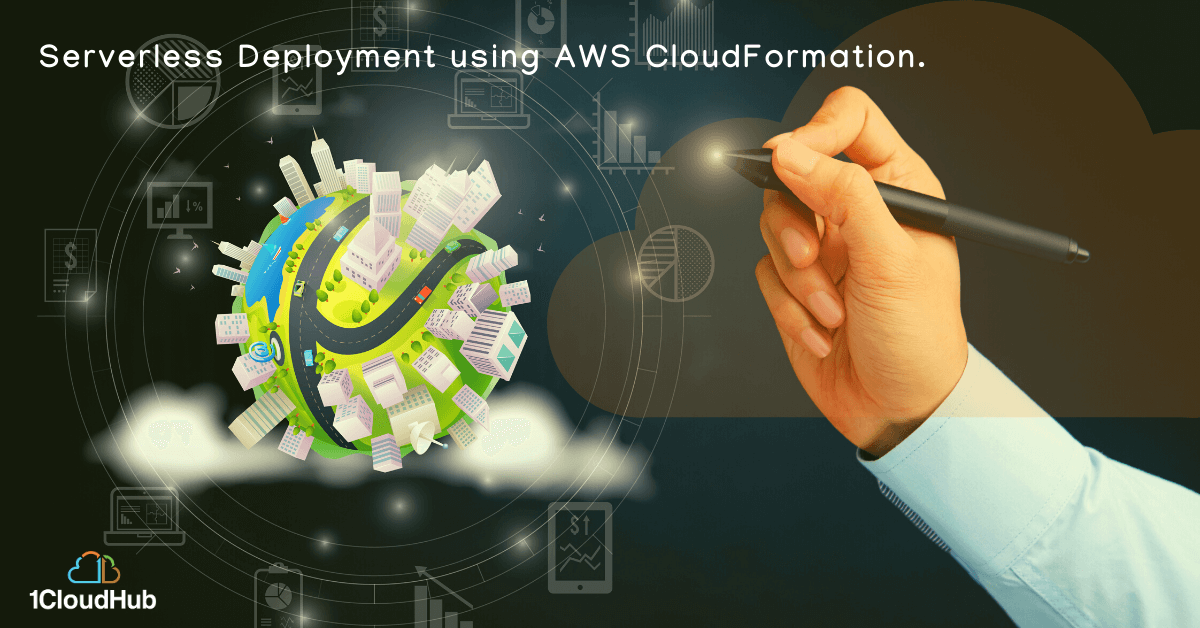Today, many organisations require a data storage and analytics solution which offers more agility and flexibility than traditional DBMS. Data lake is now popular way to store and analyse data since it allows businesses to store all their structured and unstructured data from different sources in a centralized repository.
In simple words, we can say as it’s all about Store Now & Analyze Later.











